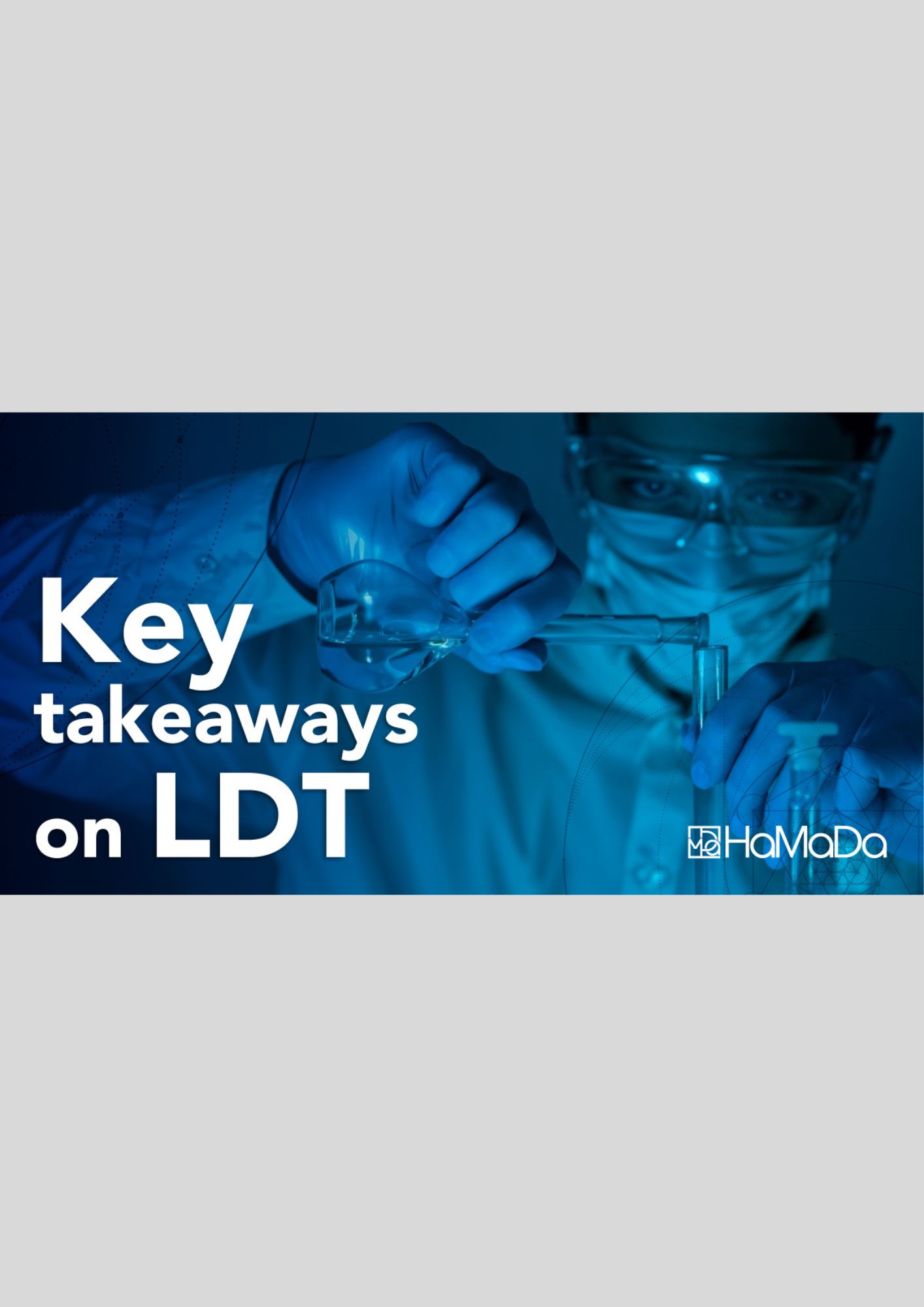🧬📊 Recent Developments in FDA’s Regulation of Laboratory-Developed Tests
The U.S. Food and Drug Administration (FDA) has issued a Final Rule on Laboratory-Developed Tests (LDTs), significantly impacting their regulation and oversight. Here are the key takeaways:
🏛️Classification and Regulatory Oversight
• Medical Device Classification: LDTs are now explicitly classified as medical devices under the Federal Food, Drug, and Cosmetic Act (FD&C Act), including those manufactured by laboratories (FDA).
• Phased Implementation: The FDA will phase out its general enforcement discretion policy over a four-year period, implementing new regulatory requirements in five stages (FDA).
• Regulatory Controls: Most LDTs will be subject to FDA regulatory controls, including premarket review and quality system requirements (Gibson Dunn).
⚖️💡 Risk-Based Approach
• High-Risk LDTs: These will be subject to premarket application/submission requirements.
• Low and Moderate-Risk LDTs: These tests will face premarket review requirements (Gibson Dunn).
⚖️❗Enforcement Discretion and Exceptions
• Targeted Enforcement Discretion: The FDA will maintain some level of enforcement discretion for specific categories of LDTs, including those developed by certain government agencies (FDA).
• New York State Exception: LDTs approved by New York State’s Clinical Laboratory Evaluation Program (CLEP) will be exempt from premarket review requirements but must comply with other FDA regulations (FDA).
📋🔍 Compliance and Impact
• Modifications: Changes to existing LDTs, such as altering indications for use or significantly changing technology, may trigger compliance requirements (Gibson Dunn).
• Timeline: The final rule became effective on July 5, 2024, with full implementation expected by May 2028 (FDA).
• Impact on Laboratories: This change is expected to significantly affect laboratories’ ability to offer LDTs, potentially limiting innovation and patient access to certain tests (360Dx).
📈🔑 Categories Benefiting from Enforcement Discretion
Based on the FDA’s Final Rule, several categories of LDTs will benefit from targeted enforcement discretion:
• 1976-type LDTs: Tests with characteristics similar to those available in 1976, using manual techniques and visual examination.
• Currently Marketed LDTs: Tests offered prior to the issuance of the Final Rule, provided they are not modified in ways that could affect their basic safety and effectiveness profile.
• Integrated Healthcare System LDTs: LDTs manufactured and performed by laboratories integrated within healthcare systems to meet unmet patient needs within the same system.
• Non-Molecular Antisera LDTs: For rare red blood cell antigens manufactured by blood establishments when no alternative in vitro diagnostic (IVD) is available.
• Human Leukocyte Antigen Tests: For transplantation purposes.
• Forensic Use LDTs: Tests used in forensic applications.
• Public Health Surveillance Tests: LDTs used for public health surveillance.
• Veterans Health Administration or Department of Defense LDTs: Tests performed within these organizations.
• New York State CLEP-approved LDTs: Certain LDTs approved by New York State’s Clinical Laboratory Evaluation Program (FDA).
These categories will generally not be expected to comply with premarket review requirements, and in some cases, most quality system requirements. However, the FDA maintains the right to subject these tests to additional regulatory controls if deemed necessary.
✅📋 Compliance Expectations
Laboratories will need to meet various regulatory requirements, including adverse event reporting, establishment registration, device listing, and labeling standards (FDA).
📝 Conclusion
This new regulatory framework represents a significant shift in how LDTs are overseen in the United States, aiming to ensure the safety and effectiveness of these tests while balancing the need for innovation and patient access.


